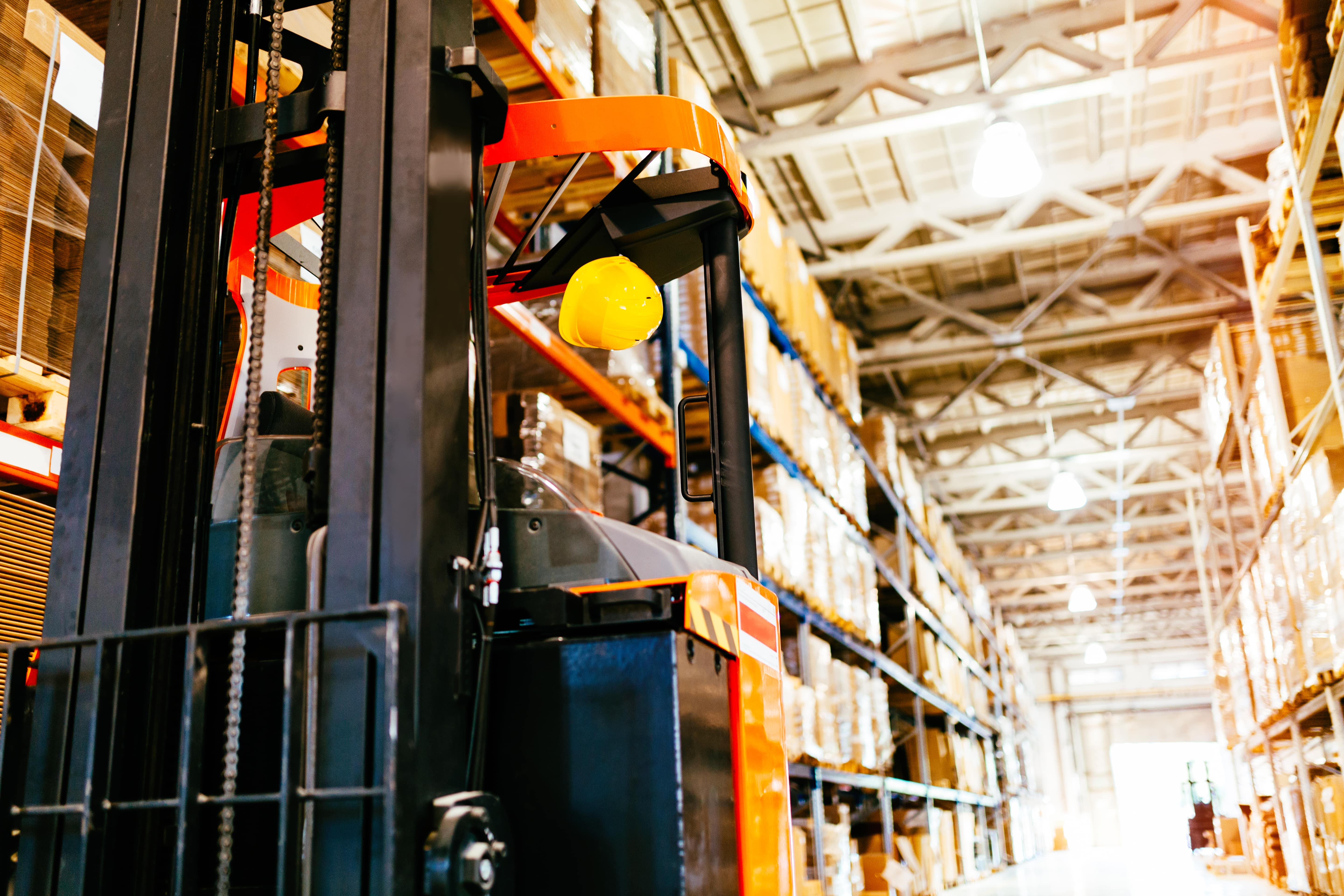As supply chains become more complex, supply chain digitization is now crucial for success in 2022.

Supply chain management (SCM) is an integral part of any business, as it manages the flow of products or services meant to satisfy the needs of its end customers.
With the change in customer expectations, a rise in digital channels, and increased competition, the traditional linear model of the supply chain (develop, plan, source, make, deliver and support) is no longer sufficient.
Introducing supply chain digitization -
Companies will thrive by adopting a digital supply chain network (DSN), an interconnected set of digitally enabled supply chain capabilities powered by a connected flow of information.
Companies have always focused on the digital transformation of customer-facing functions. The pandemic and the ongoing issues with the supply chain have now turned the lens on to the supply chain and the need to progress from data in spreadsheets and emails to digitizing data and analytics.
Despite extensive investment in technology, many supply chain teams still depend on manual and laborious spreadsheets, emails, and phone calls, causing frustration and extensive workloads just to keep up with the changes.
There are four challenges that come with depending on spreadsheets, emails, and phone calls to manage supply chains:
For example, a planner downloads from his/her ERP system a spreadsheet showing what can be built but if this system doesn’t have a real-time feed of demand and transportation systems, the material that is shown to be available may actually still be in transit.
As supply chains continue to become more complex, supply chain automation is now crucial to finding the holes in a value stream and fixing them before they disrupt the production workflow.
There are three main supply chain challenges we see manufacturers face when trying to implement digital transformation in their supply chain:
Digital transformation requires changes from across the organization, from cultural to process and financial changes, which can only be successful if the commitment for the change comes from the board room, not just from the head of the supply chain.
The old adage of “we have always done it this way” can come in the way of digital transformation. This transformation must be sold to many employees and can’t be taken for granted. It needs retraining and process changes that need commitment from everyone involved in the supply chain – internal teams and your suppliers.
Manufacturers have invested in lots of technologies – from ERP, CRP, MRP, WMS, and TMS to Supply Chain planning software. They are all good functional systems, but there is a need to connect these systems and build a new supply chain analytical layer that can look across these systems and allow every persona in the company to get actionable intelligence and not just stale but beautiful-looking charts.
It is clear from above that full commitment from the top management as well as the supply chain teams is a prerequisite for any digital transformation project.
Many organizations underestimate the efforts and skills needed to build an advanced supply chain analytics layer that can be adopted easily by the supply chain teams.
Some of the best practices we have seen succeed include:
TADA provides the industry’s first digital twin enabled Supply Chain Control Tower designed to solve complex supply chain problems and foster multi-tier supplier collaboration.
Fueled by Digital Duplicate®, the patented digital supply chain twin technology, empowers supply chain business leaders to gain orchestration, collaboration, and real-time end-to-end visibility across their entire supply chain ecosystem in a matter of weeks.
This technology addresses the needs of Planners, Buyers, Suppliers, Transportation analysts, Executives, and other critical supply chain decision-makers. With secure, customizable persona-based portals, TADA’s Supply Chain Control Tower provides powerful reports with actionable insights, built-in collaboration, and workflows designed to optimize day-to-day supply chain operations.
For more information, request a custom demo today.
Test your own scenarios with TADA’s Clean TO! Build and see the impact in minutes.
Try TADA Clean TO! Build
Test your own scenarios with TADA’s RM Inventory Manager and see the impact in minutes.
Try RM Inventory Manager

Use TADA’s Tariff Manager to model costs, build agility, and protect margins.
Try the Tariff Manager
Test your own scenarios with TADA’s Tariff Manager and see the impact in minutes.
Try the Tariff Managerest your own scenarios with TADA’s RM Inventory! Manager and see the impact in minutes.
TRY RM Inventory! Manager